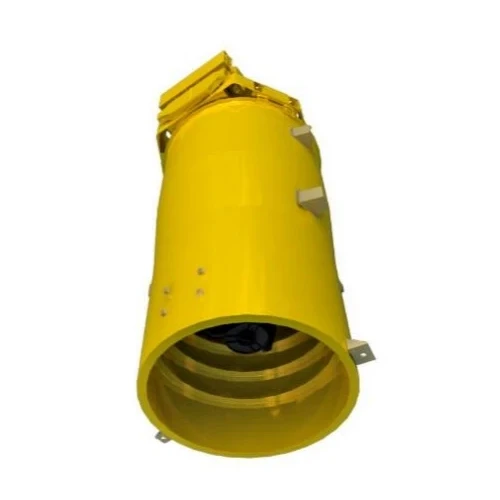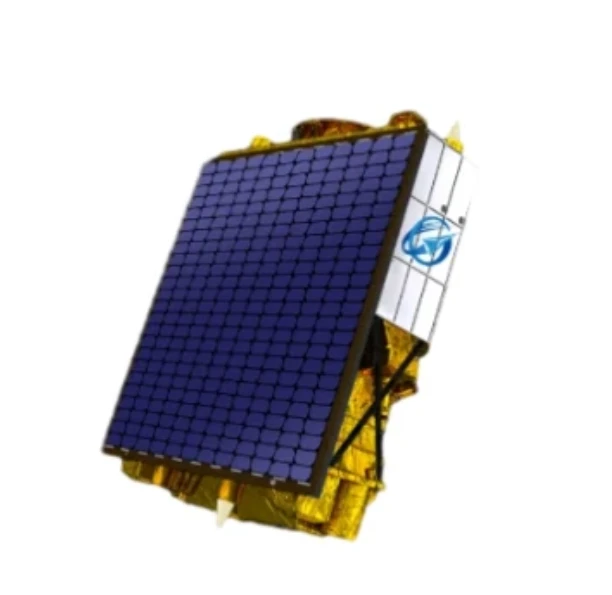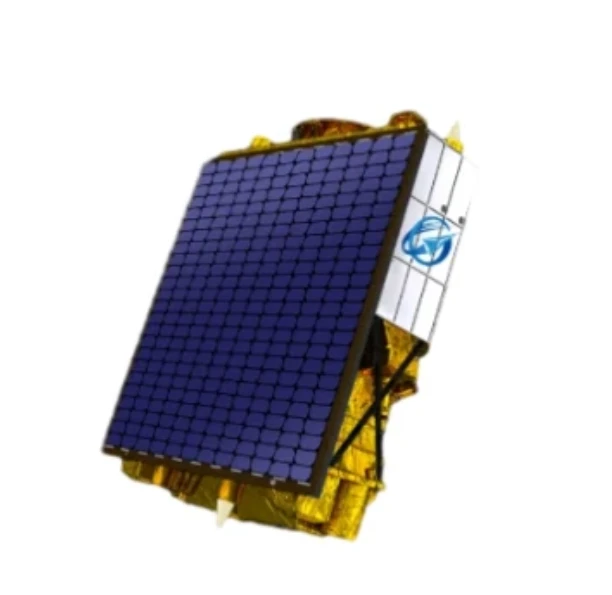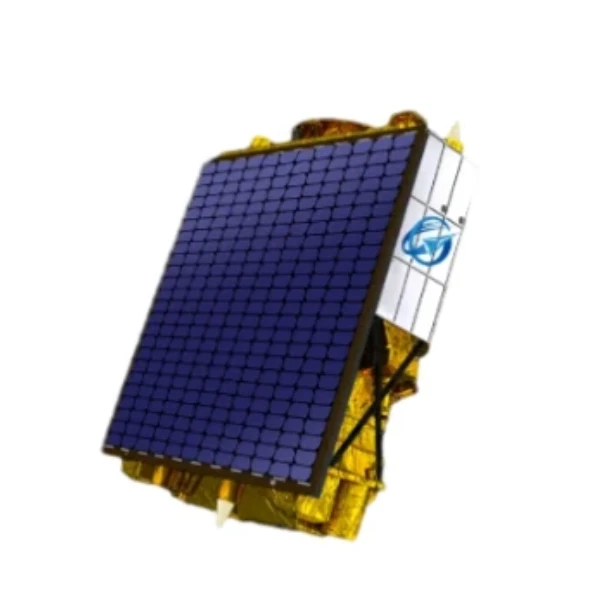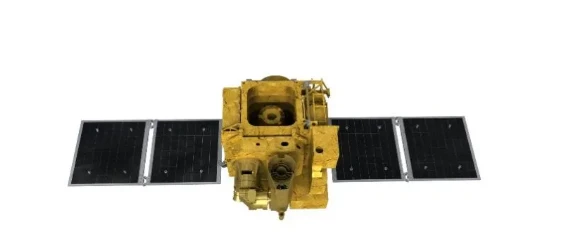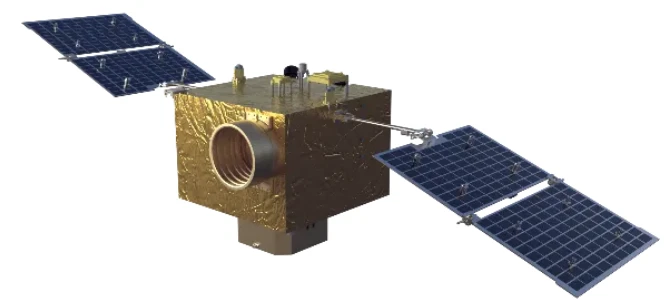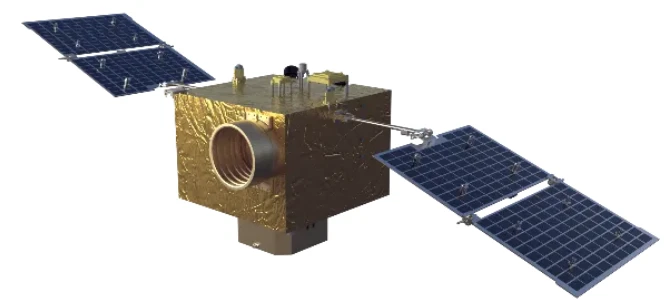
- ਅਫ਼ਰੀਕੀ
- ਅਲਬਾਨੀਅਨ
- ਅਮਹਾਰਿਕ
- ਅਰਬੀ
- ਅਰਮੀਨੀਆਈ
- ਅਜ਼ਰਬਾਈਜਾਨੀ
- ਬਾਸਕ
- ਬੇਲਾਰੂਸੀ
- ਬੰਗਾਲੀ
- ਬੋਸਨੀਆਈ
- ਬੁਲਗਾਰੀਅਨ
- ਕੈਟਲਨ
- ਸੇਬੂਆਨੋ
- ਚੀਨ
- ਕੋਰਸਿਕਨ
- ਕ੍ਰੋਏਸ਼ੀਆਈ
- ਚੈੱਕ
- ਡੈਨਿਸ਼
- ਡੱਚ
- ਅੰਗਰੇਜ਼ੀ
- ਐਸਪੇਰਾਂਤੋ
- ਇਸਤੋਨੀਅਨ
- ਫਿਨਿਸ਼
- ਫ੍ਰੈਂਚ
- ਫ੍ਰੀਜ਼ੀਅਨ
- ਗੈਲੀਸ਼ਿਅਨ
- ਜਾਰਜੀਅਨ
- ਜਰਮਨ
- ਯੂਨਾਨੀ
- ਗੁਜਰਾਤੀ
- ਹੈਤੀਅਨ ਕ੍ਰੀਓਲ
- ਹਾਉਸਾ
- ਹਵਾਈ
- ਇਬਰਾਨੀ
- ਨਹੀਂ
- ਮਿਆਓ
- ਹੰਗਰੀਆਈ
- ਆਈਸਲੈਂਡਿਕ
- ਇਗਬੋ
- ਇੰਡੋਨੇਸ਼ੀਆਈ
- ਆਇਰਿਸ਼
- ਇਤਾਲਵੀ
- ਜਪਾਨੀ
- ਜਾਵਾਨੀਜ਼
- ਕੰਨੜ
- ਕਜ਼ਾਖ
- ਖਮੇਰ
- ਰਵਾਂਡਾ
- ਕੋਰੀਆਈ
- ਕੁਰਦੀ
- ਕਿਰਗਿਜ਼
- ਲੇਬਰ
- ਲਾਤੀਨੀ
- ਲਾਤਵੀਅਨ
- ਲਿਥੁਆਨੀਅਨ
- ਲਕਸਮਬਰਗੀ
- ਮੈਸੇਡੋਨੀਅਨ
- ਮਾਲਾਗਾਸੀ
- ਮਾਲੇਈ
- ਮਲਿਆਲਮ
- ਮਾਲਟੀਜ਼
- ਮਾਓਰੀ
- ਮਰਾਠੀ
- ਮੰਗੋਲੀਆਈ
- ਮਿਆਂਮਾਰ
- ਨੇਪਾਲੀ
- ਨਾਰਵੇਜੀਅਨ
- ਨਾਰਵੇਜੀਅਨ
- ਓਕਸੀਤਾਈ
- ਪਸ਼ਤੋ
- ਫ਼ਾਰਸੀ
- ਪੋਲਿਸ਼
- ਪੁਰਤਗਾਲੀ
- ਪੰਜਾਬੀ
- ਰੋਮਾਨੀਆਈ
- ਰੂਸੀ
- ਸਮੋਅਨ
- ਸਕਾਟਿਸ਼ ਗੈਲਿਕ
- ਸਰਬੀਆਈ
- ਅੰਗਰੇਜ਼ੀ
- ਸ਼ੋਨਾ
- ਸਿੰਧੀ
- ਸਿੰਹਾਲਾ
- ਸਲੋਵਾਕ
- ਸਲੋਵੇਨੀਆਈ
- ਸੋਮਾਲੀ
- ਸਪੈਨਿਸ਼
- ਸੁੰਡਨੀਜ਼
- ਸਵਾਹਿਲੀ
- ਸਵੀਡਿਸ਼
- ਤਾਗਾਲੋਗ
- ਤਾਜਿਕ
- ਤਾਮਿਲ
- ਤਾਤਾਰ
- ਤੇਲਗੂ
- ਥਾਈ
- ਤੁਰਕੀ
- ਤੁਰਕਮੇਨੀ
- ਯੂਕਰੇਨੀ
- ਉਰਦੂ
- ਉਇਘੁਰ
- ਉਜ਼ਬੇਕ
- ਵੀਅਤਨਾਮੀ
- ਵੈਲਸ਼
- ਮਦਦ ਕਰੋ
- ਯਿੱਦੀਸ਼
- ਯੋਰੂਬਾ
- ਜ਼ੁਲੂ
0.5 ਮੀਟਰ ਰੈਜ਼ੋਲਿਊਸ਼ਨ ਵਾਲਾ ਪੁਸ਼-ਬਰੂਮ ਕੈਮਰਾ
ਉਤਪਾਦਾਂ ਦਾ ਵੇਰਵਾ
The push-broom camera with a resolution of 0.5m can obtain static push-broom images with a resolution of 0.5m and a swath width of more than 15km. It has the characteristics of high resolution, high integration and intelligence, and the research and development period is one year.
|
ਉਤਪਾਦ ਕੋਡ |
CG-PL-HR-0.5m-15km |
|
ਇਮੇਜਿੰਗ ਮੋਡ |
Push-broom imaging |
|
ਰੈਜ਼ੋਲਿਊਸ਼ਨ |
0.5 ਮੀਟਰ ਤੋਂ ਬਿਹਤਰ |
|
ਸਵਾਥ ਚੌੜਾਈ (ਨਾਦਿਰ ਵਿਖੇ) |
≥15km |
|
ਸਪੈਕਟ੍ਰਲ ਕਵਰੇਜ |
panchromatic: 450nm-700nm blue: 430nm-510nm green: 510nm-580nm red : 630nm-690nm NIR: 740nm-895nm |
|
ਸਿਗਨਲ-ਤੋਂ-ਸ਼ੋਰ ਅਨੁਪਾਤ |
35 ਡੀਬੀ |
|
ਡਾਟਾ ਦਰ |
6.62Gbps |
|
ਦਿੱਖ ਅਤੇ ਮਾਪ |
Φ770mm×1430mm |
|
ਬਿਜਲੀ ਦੀ ਖਪਤ |
≤190W |
|
ਭਾਰ |
40kg heavyweight |
Camera Resolution Explained: How SpaceNavi Push-Broom Cameras Achieve 0.5m Imaging Precision
Camera resolution—the number of pixels captured in an image—serves as the cornerstone of visual clarity, driving decisions in industries from aerial mapping to professional photography. At its core, camera resolution determines how much detail a camera can capture, with higher resolutions enabling sharper images, better zoom capabilities, and more reliable data analysis. But what defines a high-resolution camera, and how does SpaceNavi's push-broom technology redefine precision with its 0.5-meter imaging capability?
Understanding Common and Different Camera Resolutions
Traditional cameras often use terms like "4K" or "1080p" to denote resolution, where 4K—standing for 4096x2160 pixels—has become a benchmark for 4k quality camera standards, offering four times the pixels of Full HD. For professional photography, high definition cameras for photography systems typically start at 24 megapixels (MP), balancing detail with file size. However, industrial and mapping applications demand extreme precision, moving beyond consumer-grade metrics. Common camera resolutions in these fields range from 0.5m to 5m ground sample distance (GSD), where lower GSD numbers signify finer detail.
SpaceNavi's push-broom cameras operate on a different principle than standard area-array cameras. While traditional cameras capture entire scenes in a single shutter click, push-broom sensors use linear arrays to scan across subjects pixel by pixel, building high-resolution images through continuous motion. This method minimizes distortion and maximizes pixel density, directly addressing the high-resolution camera meaning—not just raw pixel count, but the ability to resolve fine details in real-world measurements.
The Technology Behind 0.5m Imaging Precision
Achieving 0.5m GSD means each pixel in the final image corresponds to a 0.5x0.5 meter area on the ground—critical for identifying small objects or subtle surface changes. SpaceNavi integrates three key innovations:
Advanced Sensor Design: Custom linear CCD arrays with micron-level pixel pitch capture more light and spatial data than conventional sensors, surpassing what even some high megapixel consumer cameras can achieve.
Motion Compensation Algorithms: Real-time adjustments for aircraft or vehicle movement ensure consistent pixel alignment, eliminating blurring that plagues traditional scanning methods.
Multi-Spectral Integration: Optional thermal and infrared modules enhance detail capture in low-light or obscured environments, proving that high resolution isn't limited to visible light—our cameras deliver clarity in 4 K-equivalent thermal imaging as well.
Why 0.5m Matters for Professional Applications
In aerial surveying, a high definition camera for photography with 0.5m resolution can distinguish individual roof tiles or small vegetation changes, essential for infrastructure inspections. For autonomous vehicles, this precision aids obstacle detection at greater distances, outperforming standard automotive cameras. Unlike consumer-grade cameras resolutions that prioritize social media sharing, SpaceNavi's technology is engineered for data-driven industries where accuracy impacts decision-making.
Redefining Resolution Expectations
SpaceNavi's approach challenges the misconception that high-resolution camera performance is solely about megapixels. By focusing on ground-based precision and sensor optimization, our push-broom systems deliver actionable detail—whether mapping disaster zones, inspecting power lines, or enhancing security surveillance. When "resolution" means more than just image sharpness but real-world measurement reliability, 0.5m GSD becomes a game-changer.
In a world where visual data drives progress, understanding camera resolution means recognizing that not all pixels are created equal. SpaceNavi's push-broom technology doesn’t just meet high-resolution standards—it redefines them, proving that precision isn’t a feature—it’s the foundation.
SpaceNavi Push-Broom Cameras: How 0.5m Camera Resolution Redefines Industrial Imaging Standards
In industrial applications, camera resolution is more than a technical spec—it’s the backbone of reliable data collection, precision inspection, and actionable insights. While consumer cameras focus on pixel counts for social media sharing, industrial systems demand clarity that translates to real-world measurements. Enter SpaceNavi’s push-broom cameras, engineered to deliver 0.5-meter resolution—a benchmark that surpasses common camera resolutions and sets a new standard for what high-resolution camera technology can achieve in manufacturing, mapping, and infrastructure monitoring.
The Limitations of Traditional Industrial Imaging
Most industrial cameras rely on digital camera resolution metrics like megapixels, often capped at 20- 50 MP, which struggle to capture fine details at scale. Even 4k quality cameras (4096x2160 pixels), praised for consumer-grade sharpness, fall short in industrial contexts where sub-meter precision is critical. For example, a 4K camera mounted on a drone might achieve 1-2m ground sample distance (GSD), insufficient for detecting small defects on wind turbine blades or mapping utility pipelines with accuracy. This gap highlights the need for a different approach—one where resolution isn’t just about pixel density but spatial accuracy.
How SpaceNavi Redefines Resolution for Industry
SpaceNavi’s push-broom technology replaces traditional area-array sensors with linear CCD arrays that scan scenes pixel by pixel during motion, building high-resolution camera images with unmatched consistency. Here’s how we achieve 0.5m GSD:
Advanced Sensor Architecture: Our custom linear sensors pack more than 10,000 pixels per line, capturing 10x the spatial data of standard industrial cameras. This density ensures every pixel corresponds to a 0.5x0.5m area on the ground, even when operating at 500m altitude.
Motion Compensation Engineering: Integrated GPS and inertial measurement units (IMUs) sync sensor movement with data capture, eliminating blur and misalignment—common flaws in legacy scanning systems. The result? Images so sharp they reveal bolts as small as 5cm and surface cracks thinner than a human hair.
High-Powered Camera Performance: Beyond hardware, our proprietary image processing algorithms enhance contrast and reduce noise in real time, ensuring clarity in challenging conditions like direct sunlight or light rain. This robustness makes our cameras ideal for 24/7 industrial operations.
Applications Where 0.5m Resolution Matters
Manufacturing Quality Control: Detect surface defects on automotive parts with sub-millimeter precision, reducing manual inspection costs by 40%.
Aerial Infrastructure Mapping: Create 3D models of power grids with enough detail to identify rusted connectors or misaligned insulators from 100m above.
Autonomous Robotics: Enable AGVs (automatic guided vehicles) to navigate complex warehouses by recognizing floor markings and obstacles with millimeter accuracy.
These use cases prove that high-resolution camera technology in industry isn’t about matching consumer-grade "4K hype"—it’s about delivering measurable precision that drives efficiency and safety.
The New Standard for Industrial Imaging
SpaceNavi’s 0.5m resolution isn’t just a feature; it’s a paradigm shift. By prioritizing ground-level accuracy over raw pixel counts, we’ve created a tool that turns visual data into operational intelligence. Whether you’re inspecting wind farms, mapping disaster zones, or optimizing factory workflows, our push-broom cameras ensure every image captures the detail you need to make confident decisions.
In an era where industrial digital transformation hinges on reliable data, don’t settle for outdated common camera resolutions. Choose a system built for precision—choose SpaceNavi, where 0.5m resolution redefines what’s possible in industrial imaging.
